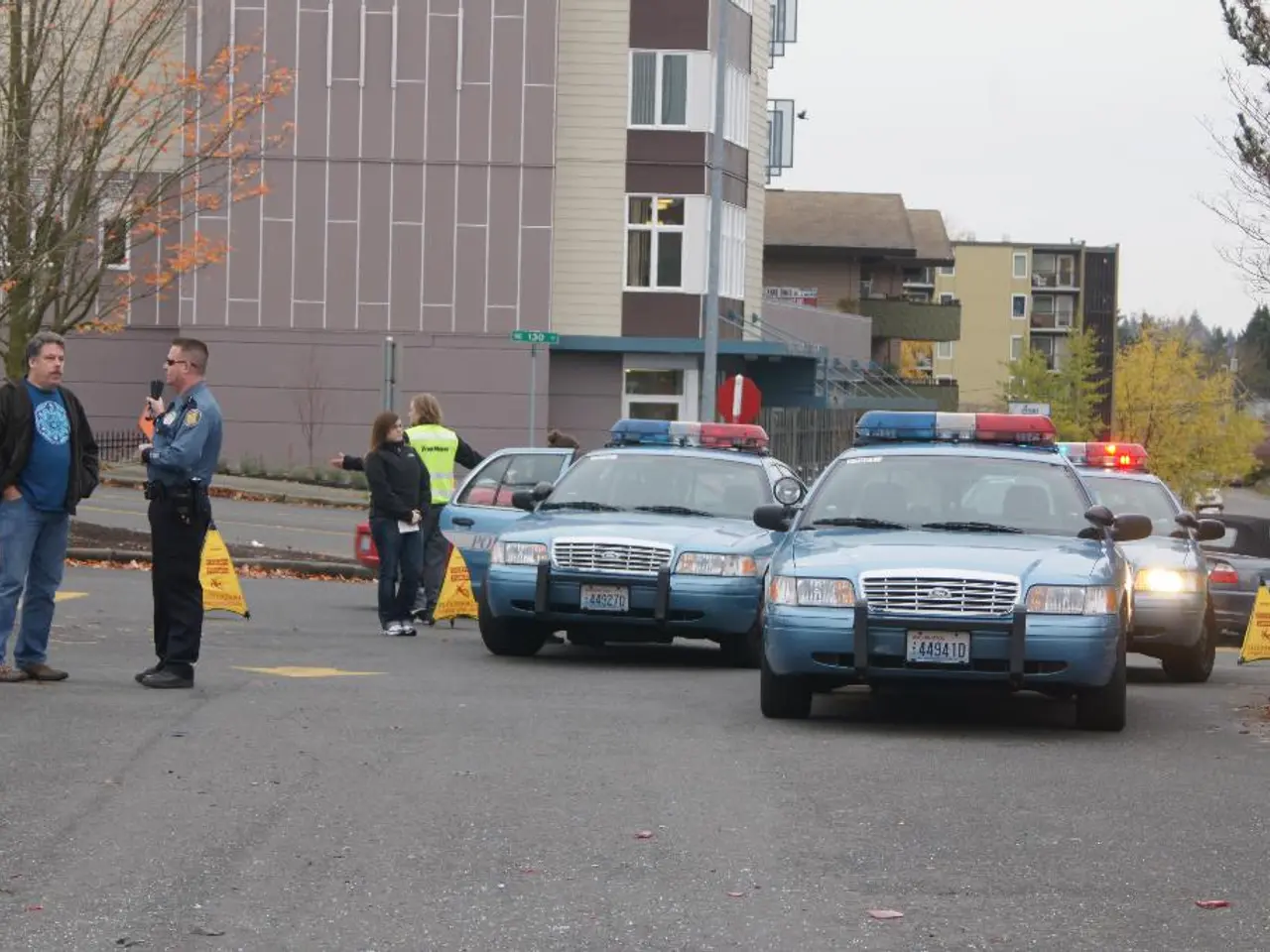Uncertainty Persists over Exact Count of Civil Protection Personnel Within Government Ranks
In the wake of growing concerns over disaster protection, questions have been raised about the accounting of dual memberships of aid organization members in the federal government, military, or other authorities during civil defense situations in Germany.
Jan Koestering, a prominent figure in the discussion, has called for reforms, citing the recent forest fires as evidence that voluntary fire departments and local communities are reaching their limits. Koestering has specifically asked the Ministry of the Interior about the number of deployable helpers from aid organizations like the German Red Cross, Technisches Hilfswerk, Johanniter, Malteser, DLRG, and ASB.
However, the available information does not provide a clear answer to this question. The Bundeswehr, other federal organs, and the named aid organizations do not record dual memberships, and there is no legal basis for recording such memberships in other authorities and organizations.
This lack of data is concerning, as many helpers in these organizations hold dual roles. In an emergency, these individuals might not be available for providing essential services such as clean drinking water, emergency power, or temporary shelters.
The German legal system maintains a strict separation of civil and military authority. This separation was highlighted in the historical legal context of post-World War II Germany and continues as a fundamental principle in governance and law enforcement.
While specific regulations on dual membership accounting during civil defense are not provided, it is standard in many countries, including Germany, that persons holding roles in multiple public or semi-public institutions must have clearly defined roles and chains of command during emergencies to avoid conflicts of interest and ensure operational efficiency.
In a civil defense scenario, members of aid organizations may be temporarily assigned under civil defense command structures. Procedures would typically require reporting their affiliations and ensuring no legal conflicts arise, consistent with the law's respect for separation of powers and operating frameworks.
Despite the lack of public information, it is logical to assume that the detailed handling of dual membership of aid organization members in federal or military roles during civil defense would involve regulated role definitions under existing civil defense law frameworks to maintain clarity, hierarchy, and legal compliance.
Overall, the responsibility for state defense in Germany lies with the states for disaster protection, while the federal government is responsible for civil defense. The federal government's role is to protect the population and vital infrastructure in a crisis or defense situation. To ensure effective disaster protection, it is crucial to address the accounting of dual memberships in aid organizations during such situations.
- The lack of clear accountability for dual memberships of aid organization members in policy-and-legislation regarding civil defense situations is a pressing issue, given the crucial roles these individuals play in providing essential services such as clean drinking water, emergency power, and temporary shelters.
- In light of the growing concerns over disaster protection, it is essential to establish regulations on dual membership accounting during civil defense scenarios, following the standards set by many countries, including Germany, which require persons holding roles in multiple public or semi-public institutions to have clearly defined roles and chains of command during emergencies to ensure operational efficiency and legal compliance.







